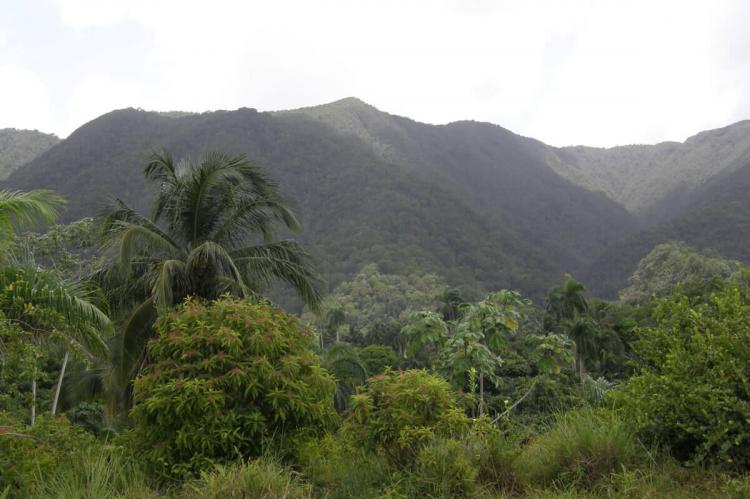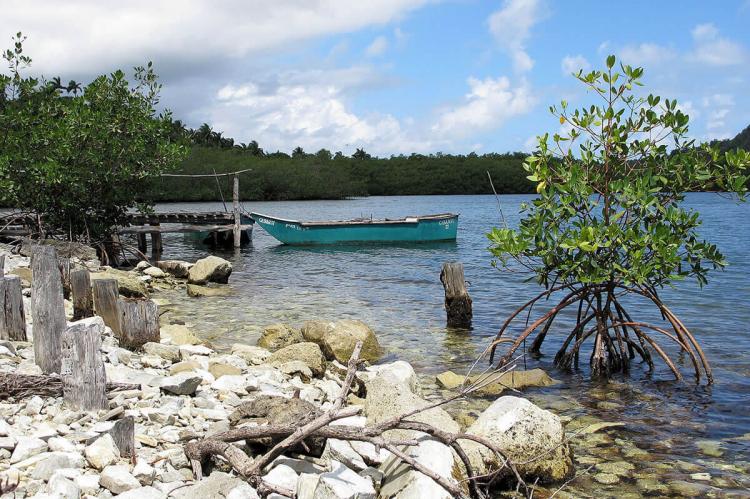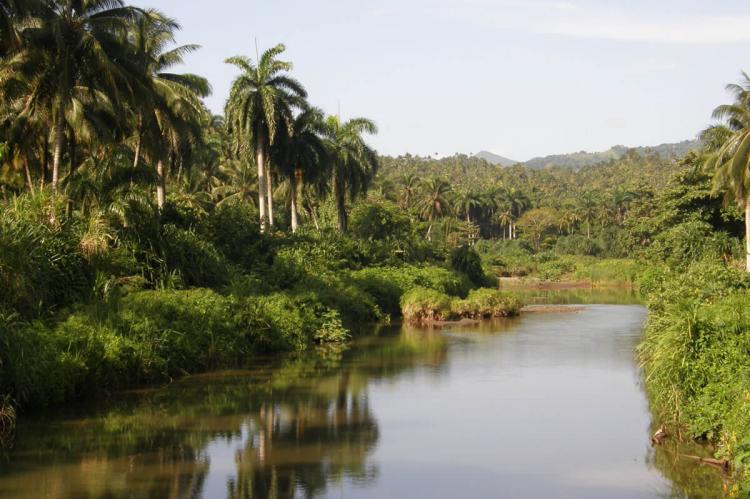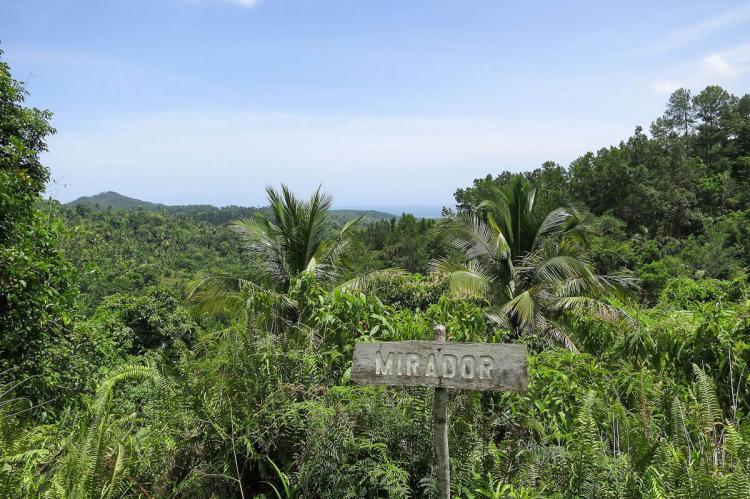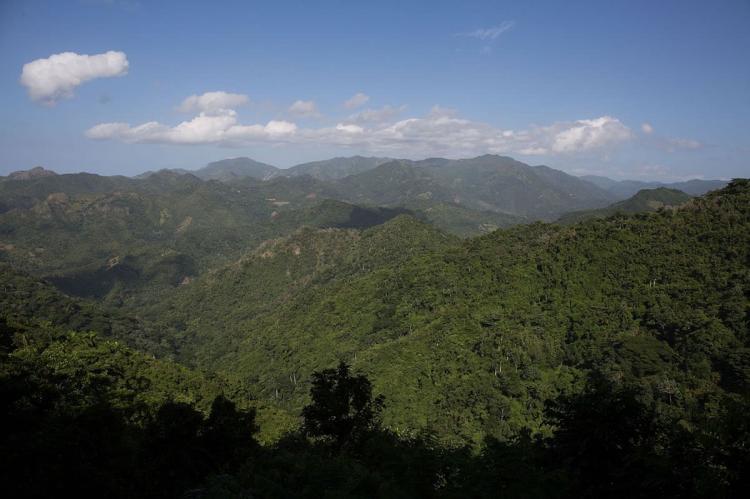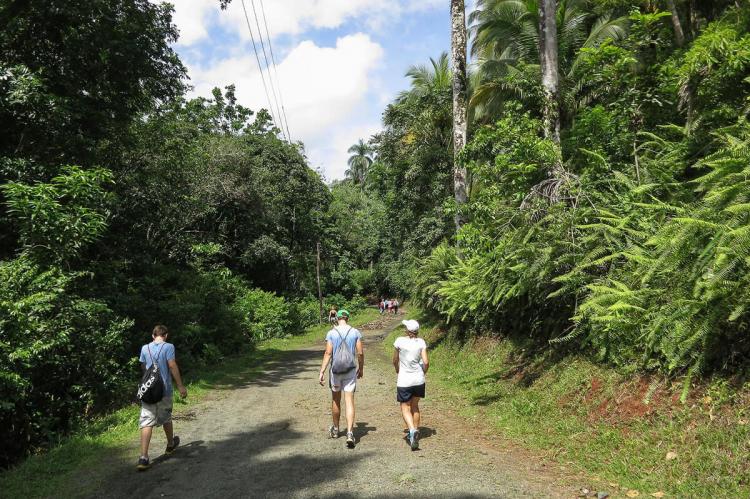Alejandro de Humboldt National Park (Cuba)
Alejandro de Humboldt National Park is the most significant and best-conserved remnant of forested mountain ecosystems in the Caribbean region. This World Heritage site is considered Cuba's most important protected area because of its extraordinary biodiversity values.
Alejandro de Humboldt National Park
Alejandro de Humboldt National Park is situated in the Nipe-Sagua-Baracoa Mountains on eastern Cuba's north coast within Holguín and Guantánamo provinces.
The National Park is named after German scientist Alexander von Humboldt who visited the island in 1800 and 1801. In addition to 66,700 ha (164,819 acres) of land, AHNP includes a marine area of 2,641 ha (6,526 acres).
Inscribed as a World Heritage Site in 2001, the property is embedded into the much larger Cuchillas del Toa Biosphere Reserve.
Alejandro de Humboldt National Park is the most significant and best-conserved remnant of forested mountain ecosystems in the Caribbean region. Furthermore, it is widely considered Cuba's most important protected area because of its extraordinary biodiversity values.
The altitude ranges from 220 m (720 ft) below sea level in the marine area to 1,175 m (3,855 ft) above sea level at El Toldo Peak. Due to the exposure to trade winds and the mountainous topography, the north coast of western Cuba is the country's coolest and rainiest region.
Important rivers, including the Toa River, Cuba's largest river, rise in the forested mountains, boasting remarkable freshwater biodiversity. The rivers that flow off the Park's peaks are some of the largest in the insular Caribbean.
Next to various types of semi-deciduous broadleaf and pine forests, there are xenomorphic shrub formations in drier areas and mangroves along the coast. It is assumed that the site was a Pleistocene Refuge where numerous species have survived past periods of climate change.
Today, Alejandro de Humboldt National Park is among the most critical sites in the Western Hemisphere for its endemic flora and one of Earth's most biologically diverse tropical island sites.
Sixteen of Cuba's 28 endemic plant species are protected in the Park, including such flora as Dracaena cubensis and Podocarpus ekman.
With many new species likely to be discovered, AHNP boasts an impressive list of more than 1,300 seed plants and 145 species of ferns, of which more than 900 are endemic to Cuba and more than 340 are locally endemic, respectively.
The endemism of vertebrates and invertebrates is exceptionally high. About a third of the mammals and insects, a fifth of the birds, and most reptiles and amphibians are Cuban or local endemics. As for marine biodiversity, the West Indian Manatee deserves to be noted as a flagship species.
Fauna present in the Park includes various species of parrots, lizards, hummingbirds, the endangered Cuban solenodon (endemic), hutia and snails.
